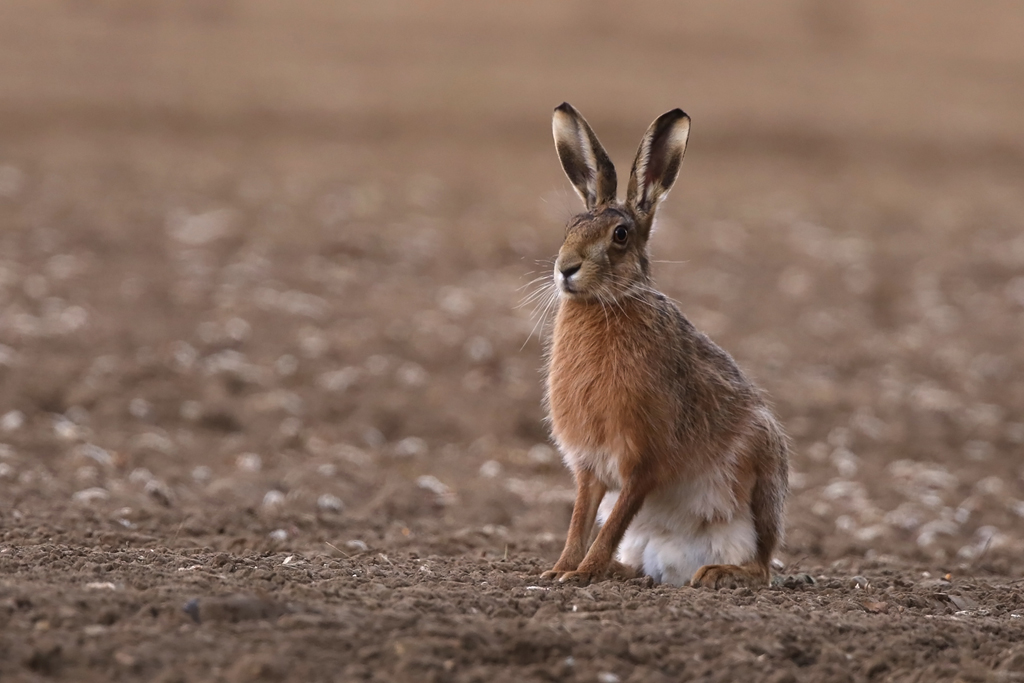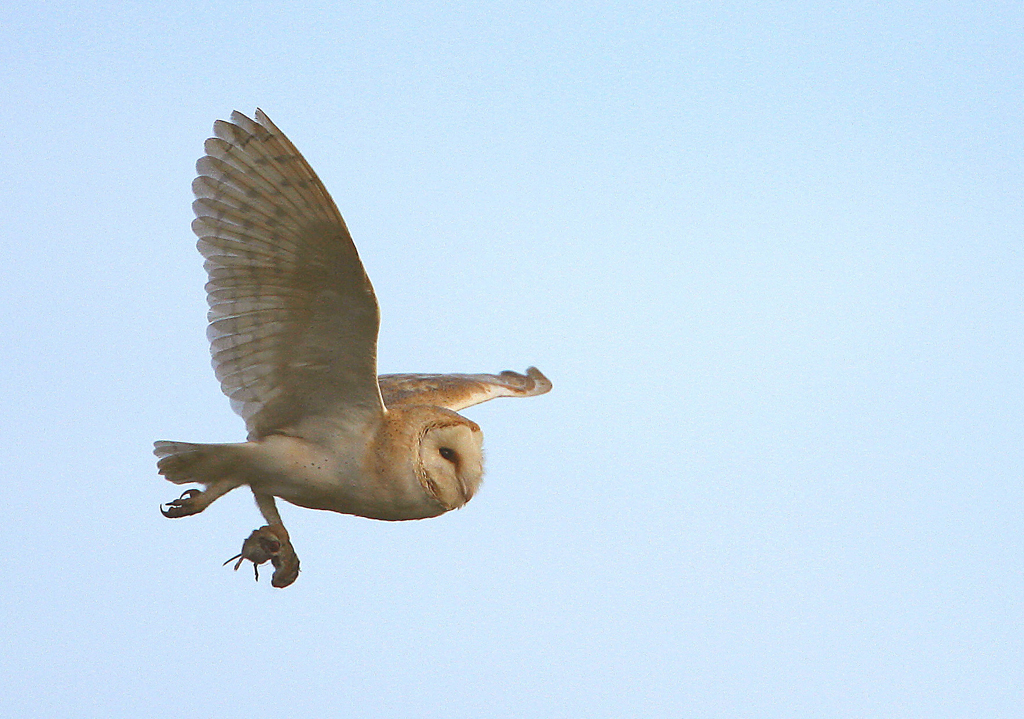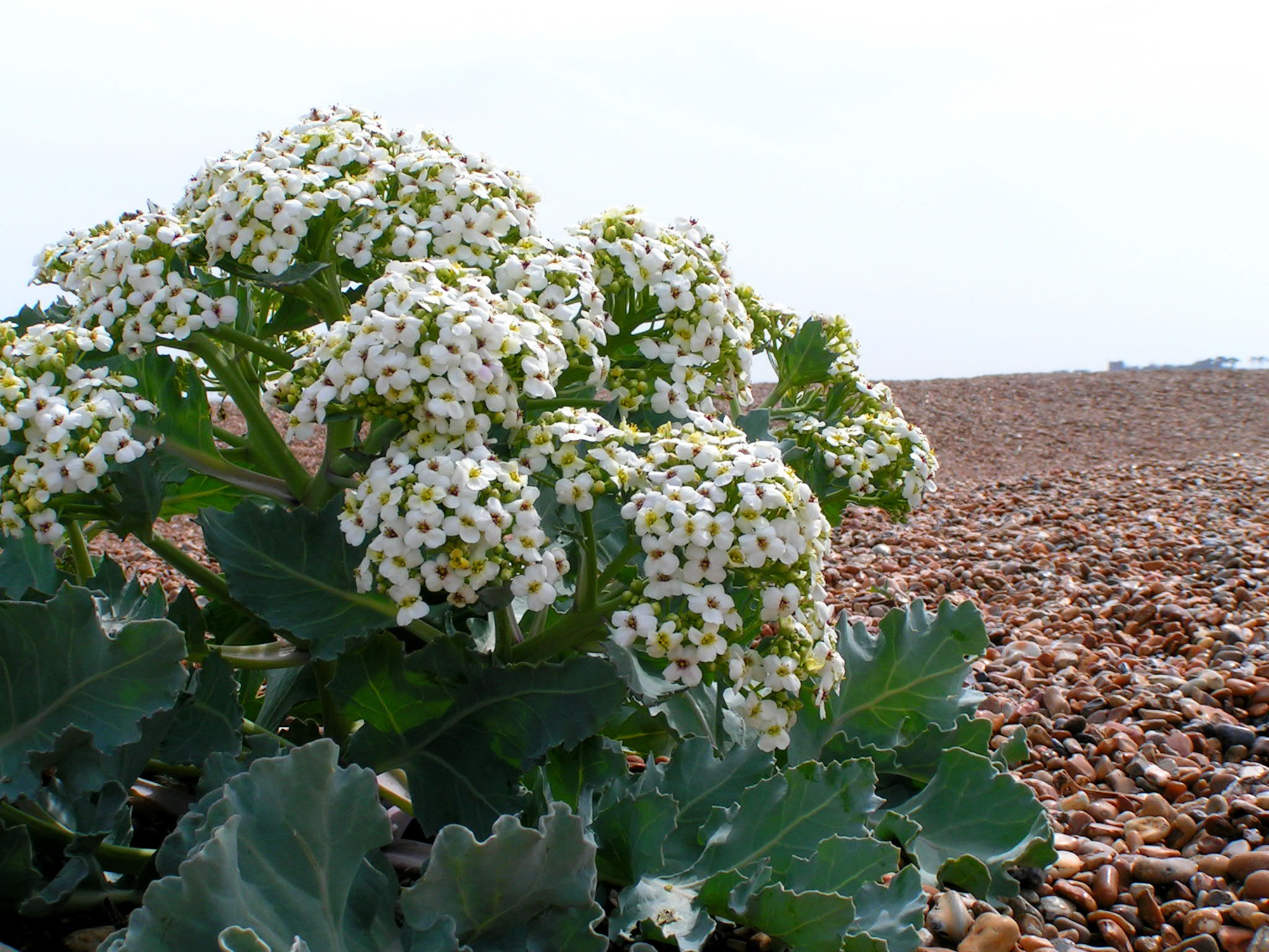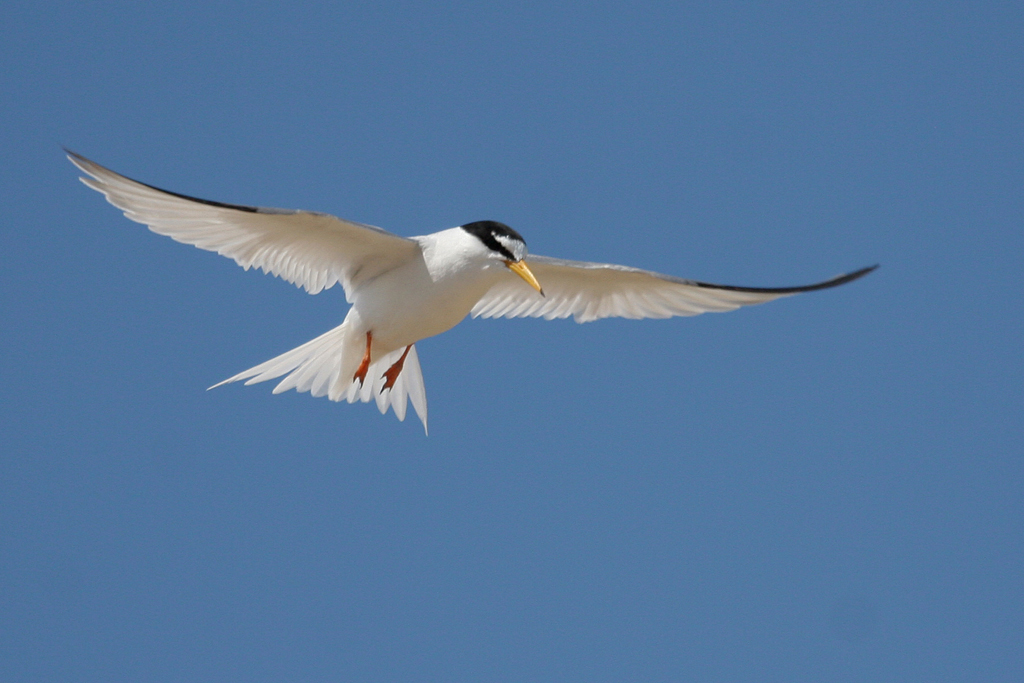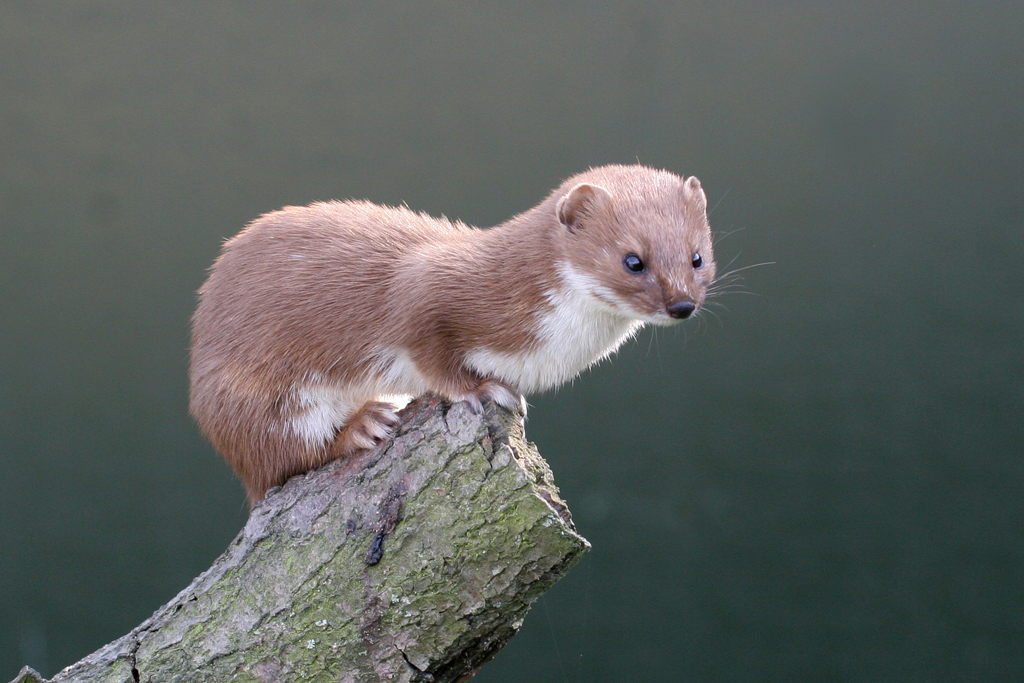I hardly left Suffolk during lockdown – well, why would you? But this May I finally ventured out as far as another lovely county, Dorset, to try and catch up with a local celebrity there. I went to Giant Hill above Cerne Abbas, where a huge naked male figure (very naked, very male) is inscribed into the chalk hillside. That area is now fenced off, I was told, because women had taken to sleeping within the outline of the mighty male member hoping thereby to get pregnant. But I was in any case more interested in the lower slopes, where one of Britain’s rarest butterflies, the Duke of Burgundy, might be performing its own mating rituals. The Duke was never common in Britain, but in the nineteenth century it could still be found in several ancient Suffolk woodlands, like those at Reydon, Bentley and Bradfield. The last confirmed Suffolk sighting was in 1973, since when nothing. It’s hanging on at Giant Hill, though, breeding in very small numbers on the scrubby grassland where its favourite foodplants, primroses and cowslips, flourish in glorious yellow profusion. The Dukes are tiny but very beautiful, just thumbnail size with orange-and-brown chequered wings. They are the only European representatives of the Metalmark family, so called because of the distinctive glittering spots on the underwings.
You have to be at just the right place and time to see a Duke of Burgundy nowadays. The time is a short window in mid-May, and this is one of the few places. You have to be in the right posture, too, which is on your hands and knees, peering around to catch sight of the male perched on a stem, from which it sallies forth in short bouncy flights, to drive other males off its little kingdom. Just think, you have the whole of southern Britain to choose from and you have to defend to the death your minute patch (maybe a parable coming on here). The weather wasn’t great. Butterflies need it to be at least 14° C to warm their bodies sufficiently to fly and it was a cool, blustery day, threatening rain. But the clouds parted briefly and there was a sudden pulse of warmth from the sun. Almost immediately butterflies appeared, as if from nowhere: peacocks, tortoiseshells, red admirals, small brown jobs like grizzled and dingy skippers, and at last … yes, a freshly minted Duke, clinging to a buttercup.
The vision lasted only a few minutes. The clouds closed in and the rain came. But as the great Indian poet, Rabindranath Tagore said, ‘The butterfly counts not in months but moments, and has time enough’.
Jeremy Mynott
7 June 2022




